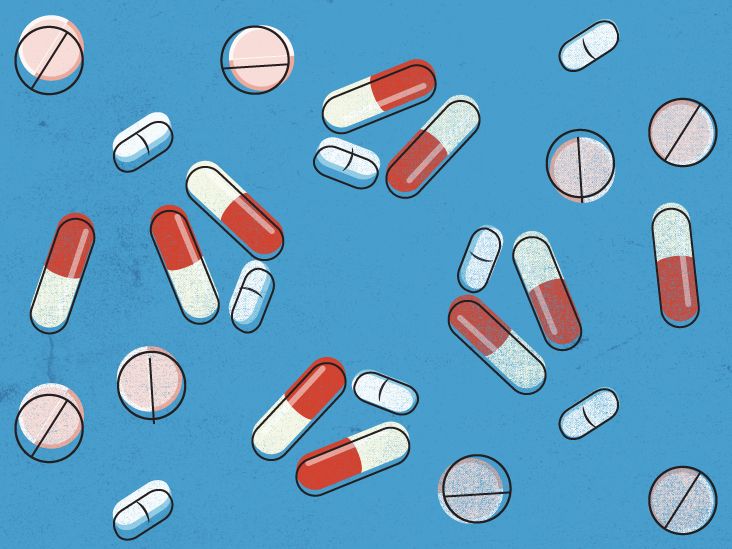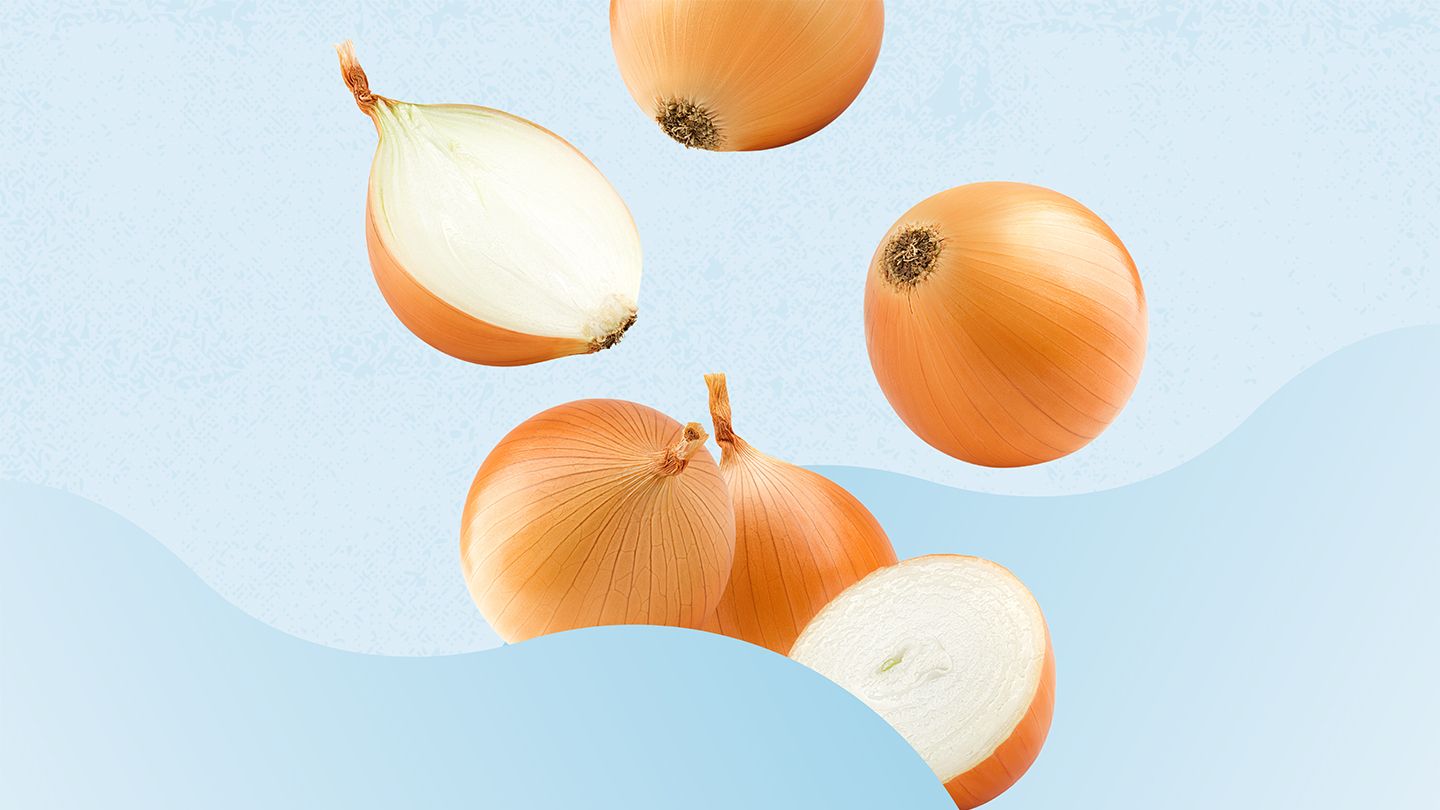You know that moment. You grab a tissue, blow your noseand freeze. There it is: yellow mucus. Thick. A little gritty. Definitely not the clear, runny kind you get when it's just allergies.
Your first thought? "Do I have an infection?"
Your second thought? "Do I need antibiotics?"
Honestly, I've been there. That sick-to-your-stomach feeling when your body starts sending warning signs you don't fully understand. But here's what I've learned: yellow mucus isn't the villain. It's actually kind of a hero. And no, it doesn't mean you're automatically fighting bacteria or that you need a prescription.
Let's talk about what's really going onand more importantly, when you should take it seriously.
What It Means
So, why does mucus turn yellow in the first place? It's not magic. It's your immune system throwing a full-on defense party.
When your body senses something's wrongwhether it's a cold virus, pollen, or even smokeyour immune system sends white blood cells to the area. These cells, called neutrophils, rush to the nasal passages like paramedics to the scene of an accident. They fight off invaders, and after the battle? They die off.
And here's where the yellow comes in: when you blow your nose, you're literally seeing the remains of that immune system battle. Dead white blood cells, trapped with mucus, create that yellow tint. It's like your body's way of cleaning up after a fight.
As Dr. Nick Debnath, an ENT specialist at the Florida Otolaryngology Group, puts it: "Yellow snot often indicates the presence of an infection," but the key word here is "infection"not "bacterial." That infection could be viral, like the common cold, not something antibiotics can fix.
In fact, a 2025 overview from the Cleveland Clinic confirms that both viral and bacterial infections can produce yellow or green mucus. So no, the color alone doesn't tell you what type of germ you're fighting.
Purple vs Green
You've probably heard the old rumor: green mucus means it's worse. You must need antibiotics. But is that really true?
Green mucus usually just means your immune response is cranking at full speed. The greener the mucus, the more white blood cells are packed in there. It's because of a green enzyme called myeloperoxidase found in neutrophilsbasically, your body's internal smoke signal that things are heating up.
So while yellow mucus might show up in the first few days of a cold, green phlegm often appears around days 5 to 10when your immune system has been going full force. But again, that doesn't mean it's bacterial.
I remember once clearing my sinuses after a week-long head cold, saw green mucus, and nearly panicked. I was already typing a message to my doctor before remembering: I felt better. My fever was gone. I had no facial pain. My body was just wrapping things up.
Turns out, green mucus can actually be a sign you're on the mend.
| Color | Likely Meaning | Duration Clue |
|---|---|---|
| Yellow | Immune response starting | First few days of illness |
| Green | Peak immune activity | 510 days in |
| Yellow-green | Transition phase | Could be improving or worsening |
As Alyssa Smolen, an advanced practice nurse at OSF HealthCare, explains: "Green mucus means that the infection is a bit stronger. The green coloring means that lots of white blood cells have been working overtime." But again, that doesn't equal antibiotics.
Color Guide
Mucus comes in more shades than a paint swatch at Home Depot. And each color can tell you something different about your body.
Is clear mucus normal?
Yesvery normal! Clear, thin mucus is your body's default setting. It's always there, quietly protecting your airways, trapping dust and microbes before they get deeper.
But if it's clear, watery, and constant? Think allergies. Especially if it shows up every spring or when you're around pets. Allergies can make your nose run like a faucetno infection needed.
White mucus: congestion alert
That thick, cloudy white stuff? That's a sign your nasal tissues are swollen. Blood flow increases, mucus thickens, andboomcongestion.
It's often one of the first signs of a cold. You might feel pressure in your sinuses, a dull headache, or that heavy-headed sensation everyone knows too well.
Red or pink: blood in mucus
Saw a little red and freaked out? You're not alone. But small streaks of blood in mucus are usually nothing to worry about. Blowing your nose hard, dry winter air, or even nasal sprays can cause tiny blood vessels in your nose to break.
As long as it's just a few streaks and doesn't last more than a few days, most experts agree it's not a red flag. The OSF HealthCare team says: "As long as it's a relatively small amount of blood mixed with mucus, it's not something to fret over."
Brown or black mucus: what's going on?
Now this one's less commonand sometimes legit concerning. Brown mucus could mean old blood. Think of it like a bruisedeep tissue bleeding that turns your mucus dark before clearing out.
But black mucus? That's a different story. If you're a smoker, tar and chemicals can discolor mucus. If you work in construction or were near a fire, inhaling soot could do the same.
Rarely, black or dark brown mucus could hint at a fungal infection, especially in people with weakened immune systems. If you've got dark mucus plus facial pain, fever, or swellingdon't wait. Get checked out.
Antibiotics Needed?
Let's be real: most of us have wanted antibiotics when we're feeling awful. That thick, yellow mucus. The fatigue. The brain fog. You just want to feel better now.
But here's the truth: antibiotics only work on bacterial infections. And even then, they're not always needed.
Most respiratory illnesseslike colds, flu, and even many sinus infectionsare caused by viruses. And antibiotics? They're useless against viruses. Taking them won't speed up recovery. In fact, it could make things worse.
So why do so many people think green or yellow mucus means antibiotics? Blame old-school thinking. For years, color was treated like a diagnosis. But modern medicine knows better.
Doctors don't rely on color alone. They look at how long you've been sick, how your symptoms have changed, and whether you've developed new warning signs.
| Symptom | Why It Matters |
|---|---|
| Fever lasting over 3 days | Viral colds rarely cause long-lasting fever |
| Facial pain worse when bending over | Suggests pressure from a bacterial sinus infection |
| Symptoms worsen after 10 days | Possible bacterial sinusitis developing |
| Foul-smelling thick mucus | Could signal anaerobic bacteria |
| Swelling around eyes, vision changes | Medical emergencypossible orbital cellulitis |
A Healthline article emphasizes: "If yellow or green mucus persists for more than 1012 days, it's time to talk to your healthcare provider." Duration matters more than color.
Risks of Overuse
Here's something most people don't realize: every time you take an antibiotic when you don't need it, you're helping create superbugsbacteria that no longer respond to treatment.
The CDC has been sounding the alarm for years: antibiotic resistance is one of the biggest public health threats we face. And overprescribing for respiratory infections is a leading cause.
But it's not just about future infections. Right now, antibiotics can disrupt your gut microbiome. That's the trillions of good bacteria helping you digest food, absorb nutrients, and even regulate your mood. Wipe them out, and you're left with nausea, diarrhea, or yeast infections.
I had a friend who took antibiotics "just in case" every time she had green mucus. She ended up with recurring digestive issues and a candida overgrowth. It took months to recover. She's now a vocal advocate for waiting it outnaturally.
Remember: your body is designed to heal itself. Rest. Hydrate. Give it time.
What to Do
If you're staring at yellow mucus in a tissue, here's what actually helpsno prescription needed.
Home remedies
Hydration is your best friend. Water, herbal teas, brothsthey all thin your mucus, making it easier to drain. Think of it like watering down syrup so it flows better. Thick mucus lingers. Thin mucus? It gets out.
Try saline spray or a neti pot. Rinsing your nasal passages removes irritants and loosens mucus. Just use distilled or boiled waternever tap water directly. Safety first.
Use a humidifier. Dry air dries out your nasal lining, which makes things worse. A cool-mist humidifier adds moisture, reducing irritation and helping mucus move freely.
Inhale steam. Lean over a bowl of hot water (safely, please!), drape a towel over your head, and breathe deep. Add a drop of eucalyptus oil if you likebut plain water works too.
Warm a compress and press it gently on your face. It can ease sinus pressure and help open blocked passages.
And if your yellow mucus is allergy-related? Shower after being outside to rinse off pollen. Use an air purifier. Avoid strong scents and smoke.
When to Call
So, when should you actually go to the doctor?
You know your body best. But here are the real red flags:
| Warning Sign | Why It Matters |
|---|---|
| Mucus lasting over 1012 days | Possible bacterial sinusitis needing treatment |
| High fever that won't break | Suggests a systemic infection |
| Severe headache or vision changes | Could mean infection is spreading |
| Repeated blood streaks | Possible nasal polyps or tissue damage |
| Shortness of breath or chest congestion | May involve lower airwaysbronchitis or pneumonia |
A little tip? Keep a symptom journal. Note when the yellow mucus started, if your fever spiked, how you're feeling daily. When you see a doctor, you won't have to guess. You'll have factsyour body's timeline.
Final Thoughts
Let's be honest: nobody enjoys looking at yellow mucus. It's gross. It's unsettling. It makes you wonder if something's wrong.
But in most cases, it's not a crisis. It's your body doing exactly what it's supposed to dofighting off an invader, cleaning up the mess, and slowly healing.
You don't need to rush to the doctor. You don't need antibiotics. In fact, pushing for them when they're not needed can hurt you and others in the long run.
Instead, get rest. Drink fluids. Try the simple remedies that have helped millions. Trust your body's wisdom.
And if things don't improve? If you're past day 10, fever's rising, or pain is getting worsethen yes, reach out. That's not weakness. That's smart self-care.
Health isn't about pushing through. It's about listening. Responding. Caring for yourself with patience and compassion.
So next time you blow your nose and see that yellow tintdon't panic. Take a breath. You've got this.
And hey, if you ever feel unsure? If something just doesn't feel right? Always, always trust your gut. You know your body better than any internet articleeven this one.
Because at the end of the day, being healthy isn't just about symptoms and colors. It's about feeling seen, informed, and supported.
And I hope this helped you feel just a little more connected to your bodyand a little more at peace with that yellow mucus.
FAQs
What does yellow mucus mean when you're sick?
Yellow mucus usually means your immune system is fighting an infection, often viral like a cold. It contains dead white blood cells and is a normal part of recovery.
Does yellow mucus mean I need antibiotics?
No, yellow mucus doesn’t automatically mean you need antibiotics. Most cases are from viral infections, which don’t respond to antibiotics. Duration and symptoms matter more.
Is yellow mucus a sign of allergies?
Not typically. Allergies usually cause clear, watery mucus. Yellow mucus suggests your body is fighting an infection rather than reacting to pollen or dust.
How long does yellow mucus last with a cold?
Yellow mucus often appears in the first few days of a cold and may last 5–10 days. If symptoms persist beyond 10–12 days, consider seeing a doctor.
Can yellow mucus turn into a sinus infection?
Yellow mucus alone doesn’t mean a sinus infection, but if symptoms last over 10 days or worsen with facial pain or fever, it could signal bacterial sinusitis.
Disclaimer: This article is for informational purposes only and does not constitute medical advice. Always consult with a healthcare professional before starting any new treatment regimen.
Related Coverage
Cold exposure causes physical reactions to conserve body heat, but also suppresses immunity. Low indoor humidity promotes winter illness spread. Tips to stay healthy....
Honey remains a top natural cough remedy for fast relief day or night. Keep a jar handy to instantly soothe sore throats, reduce coughing fits, allow restful sleep....
When considering Dayquil vs Alka-Seltzer for colds and flu, compare ingredients like decongestants, cough suppressants, pain relief and upset stomach remedies....
Get the exact Relenza dosage for flu treatment and prevention, plus form, strength, inhaler use, safety tips, and dosing schedule....
Learn about the common causes of morning nasal congestion and stuffy noses along with 17 natural remedies and medical treatment options for relief....
Learn how Tamiflu works to shorten flu symptoms and help you recover faster. Get the facts on effectiveness, timing, and side effects....
Profi nasal spray offers a needle-free solution for effective influenza prevention, targeting the virus directly at its source....
Discover the remarkable health benefits of the combination of onions and honey, a potent duo revered for centuries in traditional medicine. #onionsandhoneybenefits...
Wondering if you can take Dayquil and Flonase together for a stuffy nose? Learn about the safety, potential side effects, and tips for using these medications properly....
Alka-Seltzer and DayQuil both relieve common cold & flu aches, pains, and stuffiness. But they have key differences in ingredients, uses, side effects and interactions....








